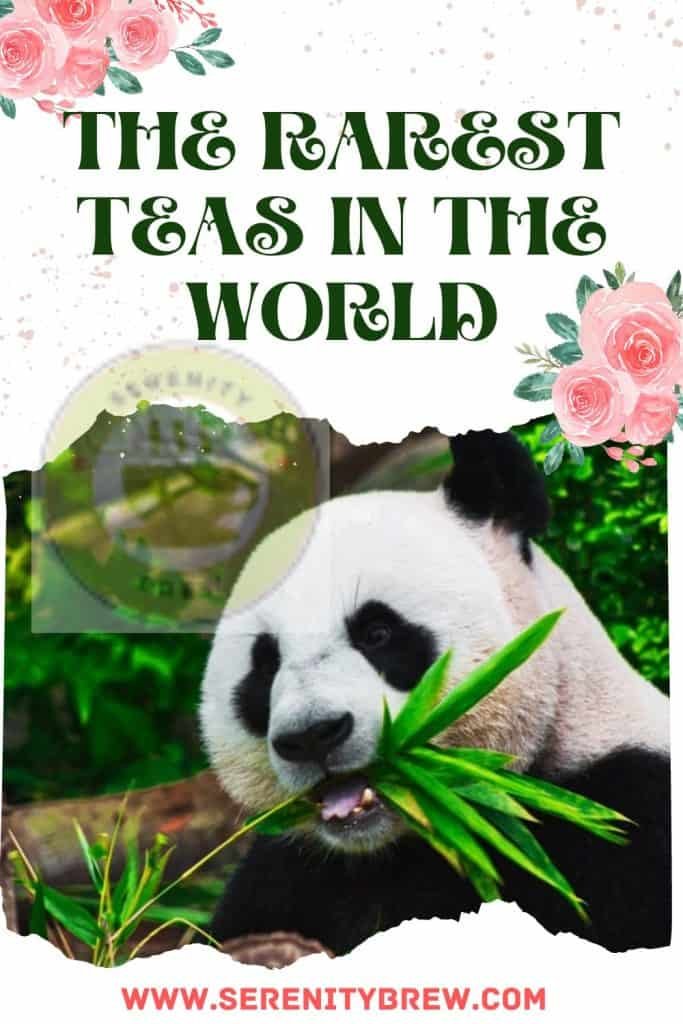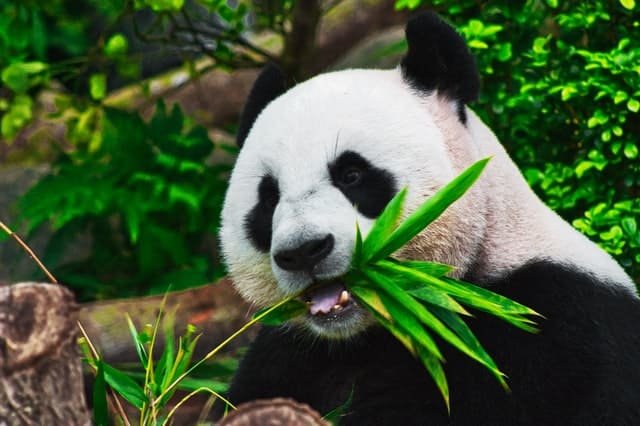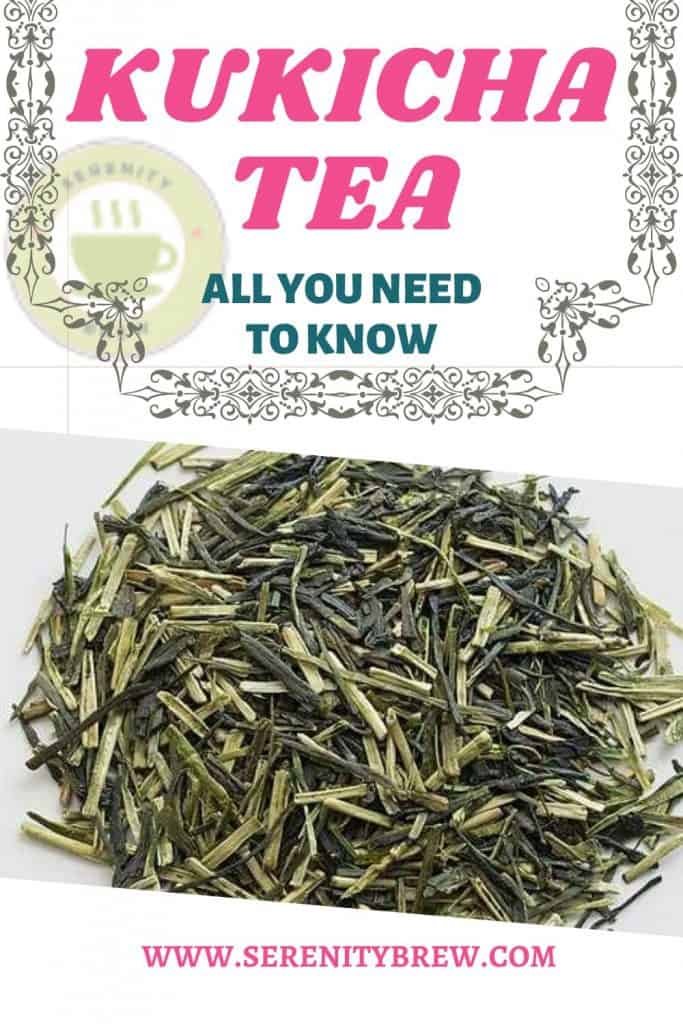
Do you consider yourself a tea specialist? There are literally hundreds of varieties of tea in the world, how many do you think you could name?
Within the world of teas there are, of course, rarities and peculiarities. In this article, we embark on a journey across the world to discover a few teas that, most likely, you have never heard of.
Malawi Antlers White Tea
The main difference between this tea and those you have surely tried is that it is not prepared with the leaves of the tea plant, but with the stems of the new branches that grow during the spring. These are dried immediately, achieving a very low degree of oxidation and thus being classified as “white tea”. The leaves are then separated by hand, reserving the velvety, tender stems that give this tea its name (antlers means antlers in English).
It is an extremely rare tea, of which a few kilos a year are produced in the Satemwa tea gardens in Malawi. It stands out for its delicate flavor with floral touches, which contrasts with its powerful aroma and its orange color in the cup.
Tapioca tea or bubble tea
If you’ve been browsing Instagram lately, you may have come across a photo of the eye-catching bubble tea. Over the past few months, his popularity has grown at a remarkable rate on social media.
This particular drink was created in Taiwan and is based on tea, fruit (or fruit syrup) and milk, in addition to the tapioca balls that give it its name. You can choose the kind of tea to use, thus deciding if you want your bubble tea to be stronger or more delicate, although it is usually prepared with black or jasmine tea.
As for milk, whole milk is chosen to give the drink creaminess and can be sweetened with honey, fruit, fruit syrup or syrup. What cannot be missing are the boba or tapioca balls that resemble bubbles and give it a different and fun touch.
Panda dung tea
If there is a rare tea, this is it. Grown in the mountainous Ya’an region of Sichuan, Japan, this tea is fertilized solely with panda dung. Its creator maintains that since pandas do not digest all the nutrients of bamboo well, most are excreted and therefore their excrement is highly nutritious. For this reason, it would be one of the most expensive teas that exist.
Kombucha
We enter the wonderful world of fermentation. Kombucha, like red tea or pu-erh, is a tea that undergoes a fermentation process that modifies its flavors and health properties.
Kombucha is one of the fashionable functional drinks. It is made from the fermentation of sweetened tea by certain bacteria and yeasts. The result is a probiotic drink to which numerous health benefits are attributed.
Many people prepare their own kombucha at home, although it is becoming easier to find it in any supermarket. A base of sweetened black or green tea is usually used, which is left to ferment with a series of yeasts that can be easily purchased in specialized stores.
The taste of kombucha is a bit sour, somewhat reminiscent of cider, also due to a slight alcoholic hint. Juices and spices are often added to modify the final flavor.
Po cha or butter tea
Pocha was born in Tibet, a highly caloric tea due to its butter content, ideal for warming up during the cold days of winter.
It is prepared by boiling the tea leaves for 12 hours until obtaining a dark brown infusion. It is then placed in a cylinder with fresh yak butter and salt, and shaken until a thick, oil-like liquid is obtained. It is heated again before drinking.
Here we leave you a recipe in which you can substitute yak butter, which you probably do not have at home right now, for conventional butter.
Butterfly excrement tea
Actually, no butterfly excrement is infused, rest assured.
The excrement is used only to fertilize the plantations of this tea, as in the case of Panda Dung. If you are wondering how the excrement can be collected, larvae are raised in a closed area and when they become butterflies, the waste they have left behind is released and reused. The resulting tea has a light color and a subtle, pleasant flavor in the mouth.
Kukicha
This is another example of tea that is made from an unusual part of the plant. Kukicha tea is made from the petioles or twigs (the part that joins the branch to the leaf) of a Japanese variety of tea bush, Camellia sinensis ‘Yabukita’.
In common tea preparations, the petioles are removed and only the leaves are dried and oxidized. However, in this particular case, only the petioles are used to make a subtle tea, with floral and herbaceous notes and very little caffeine concentration.
Awabancha

The curiosity of this tea is related to the way it is produced in the Tokushima region of Japan.
In mid-summer, the ripe leaves of wild teas are picked and then boiled until they are colourless. They are then rolled up and placed in a barrel to begin a fermentation process that can last up to a month. Finally, they are dried in the sun. As a result, a dark tea is obtained in the cup with a slightly sour taste.
Surely we have revealed some new variety of tea. Do you dare to add it to your list of teas to try?

